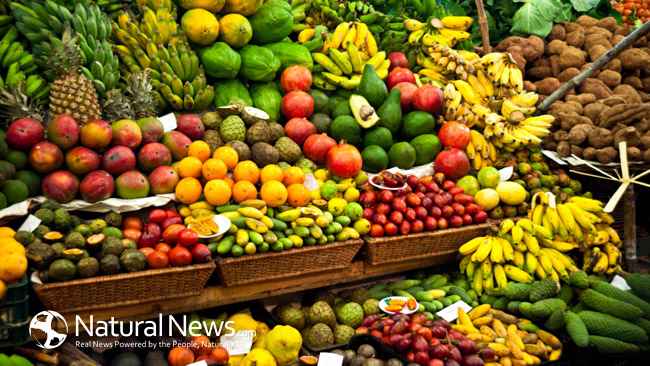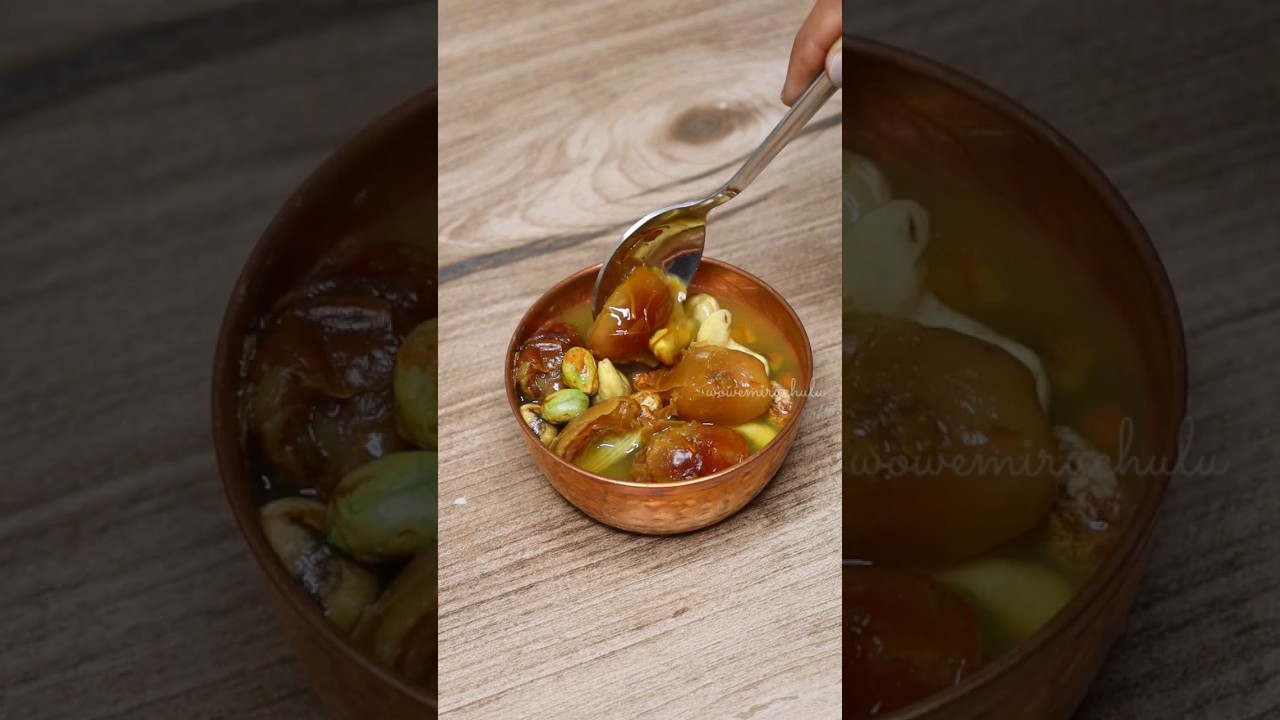We certainly know that eating fruits and vegetables is necessary and part of a nutritious, healthy diet. How we prepare and eat them varies, but one thought that is up for debate is whether eating them with the peel on is safe or healthy for us. We know the inside of these foods has many positive nutritious benefits, but what about the outside part? Answers vary and some are merely based on taste preference.
Eating unpeeled fruits and vegetables has a major nutritional difference. There are 328 more times the number of antioxidants in a fruit when the peel is left on. Antioxidants help fight free radicals and lower oxidative stress. This helps lower the risk for heart disease, some cancers, and neurological disorders including Alzheimer’s. In vegetables, 31% of its fiber is in the peel. Eating the peel can help with staying full longer to satiate hunger. The fiber in fruits and vegetables is called “viscous fiber” and it does help reduce appetite. This could lead to less overall daily intake of calories which can aid with weight loss.
Peels are packed with nutrients. The number one reason they are removed and discarded is to avoid pesticides. However, some great nutrition is being tossed out. For example, an apple with the peel on has 142% more vitamin k than without the peel, 332% more vitamin K, 115% more vitamin C, 19% more potassium, and 20% more calcium. Another commonly peeled food is the potato. When the skin is left on, potatoes have 115% more potassium, 110% more magnesium, 175% more vitamin C, and 111% more folate.
It is true that some peels just aren’t for eating. The peel on an avocado wouldn’t be edible nor that of a melon like honeydew. A pineapple peel would be hard to chew and digest. Skins/peels have different tastes and textures some more agreeable with tastebuds than others. Some people don’t like the bitterness or feel safer even after washing if they just eat the inside. Edible peels include those of apples, potatoes, peas, cherries, berries, bananas, cucumbers, grapes, peppers, peaches, pears, plums, kiwi, carrots, apricots, mushrooms, eggplant, zucchini, and squash. Fruits and vegetables that are best when consumed peels include avocado, melon, garlic, citrus, and tropical fruits.
Eat the peel when possible is the most nutritious option. Taste preference varies, but making the healthy choice sometimes feels good going down too. Always wash and eat as many fresh fruits and vegetables as possible. There are so many reasons to keep the peel on, so next time consider this before you decide to “skin it”.



